Harken Back to the Glory Days When ‘Time’ Magazine Was King
A new show honors the once powerful cover shot and the artists who made celebs shine bright
Once upon a time, the cover of Time magazine was a publicity coup like no other, a sure sign that a movie star was shining bright in his or her firmament. This was back in the day when we didn’t have our current dizzying choice of devices and platforms, our endless ways to connect and be entertained. There was the movie house and, later, the television set, and that was that.
Although Time no longer holds the same star-making sway it once did, a Time cover remains a great achievement for anyone. “Hollywood and Time: Celebrity Covers,” a new exhibition at the National Portrait Gallery, gathers some 30 Time movie-star covers, and in the process tells us a good deal about who was royalty in both "Old Hollywood" and "New," and how Time chose to portray them over the years.
Time took its covers seriously—the magazine commissioned original artworks, and then photographed the art. The media varied from romanticized charcoal drawings and pastels to theatrical gouache portraits to collage and, of course, photographs of various kinds—and even sculpture. The lurid colors and overly flattering portrayals of the 1940s and ’50s gradually begin to give way, over the decades, to the sharper-edged photographs of the ’60s and ’70s.
One witty photograph of Woody Allen from 1972—knees drawn up in an almost fetal position, a sort of Alfred E. Neuman “What me worry?” expression on his face—brings to mind the iconic, acerbic covers done by George Lois and Carl Fischer for Esquire in the 1960s.
Many of the most glorifying Old Hollywood portraits are by a Time favorite, Boris Chaliapin. His image of Elizabeth Taylor—caught in 1949 in her post-ingénue, pre-overblown stage—not so subtly frames her heads with a crescent moon on one side and star or meteor on the other (yes, we get it; she’s a star!).
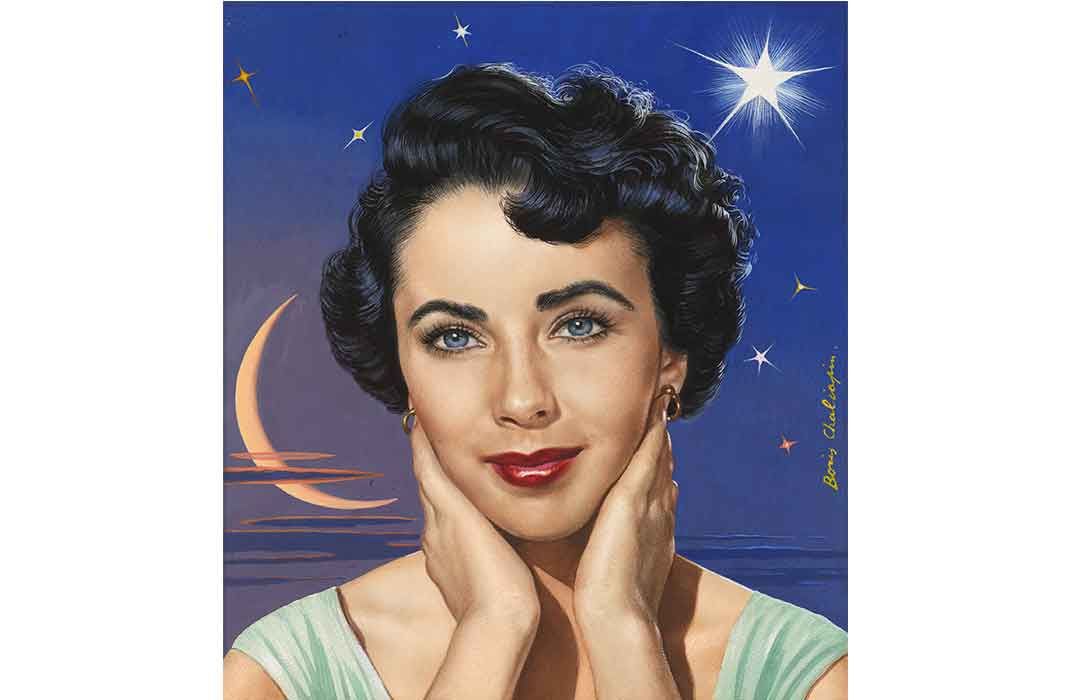
Another Chaliapin portrait of yet another star, Gregory Peck, is all manly jutting jaw and confident smile—an image of masculinity from another epoch.
But Time also made some unexpected choices of artists. The photographer Mary Ellen Mark, known for her unflinching images of Indian prostitutes, street people and political demonstrations, shot a moving double portrait in 1981 of the actors Katharine Hepburn and Henry Fonda, at the time of their film On Golden Pond—the image shows them as aged, but still regal, still glorious, carrying dignity in every crow’s foot and age spot.
Fonda appears in the exhibition again in “The Flying Fondas,” a 1970 photo-collage in lurid colors done by none other than the groundbreaking and unconventional Andy Warhol, not an artist most observers would associate with Time magazine. The center of the cover is Henry’s daughter Jane Fonda, then at the height of her fame; Henry and her actor-director brother Peter appear as supporting players.
Prestigious photographers such as Philippe Halsman and Francesco Scavullo (known primarily for his fashion work) also appear in the exhibition. Halsman is represented by a photo of Dustin Hoffman and Mia Farrow (timed with the release of their soon-to-be-forgotten film, John and Mary), which seems very much of its late 1960s moment with its studied casual air.
Scavullo contributed two photographs taken in 1981: an uber-glam shot of Brooke Shields (so much hair) and an image of Meryl Streep, then just beginning her long ascent to the pinnacle of the acting profession and looking strikingly like her daughters Mamie and Grace Gummer, at the time decades from being born (you’ve probably seen Mamie on The Good Wife and Grace in the HBO series The Newsroom).
The exhibition is a mix of huge stars that seem effortlessly to belong in the show (Peck, Taylor, Streep, Barbra Streisand) with a few whose presence is a something of a mystery.
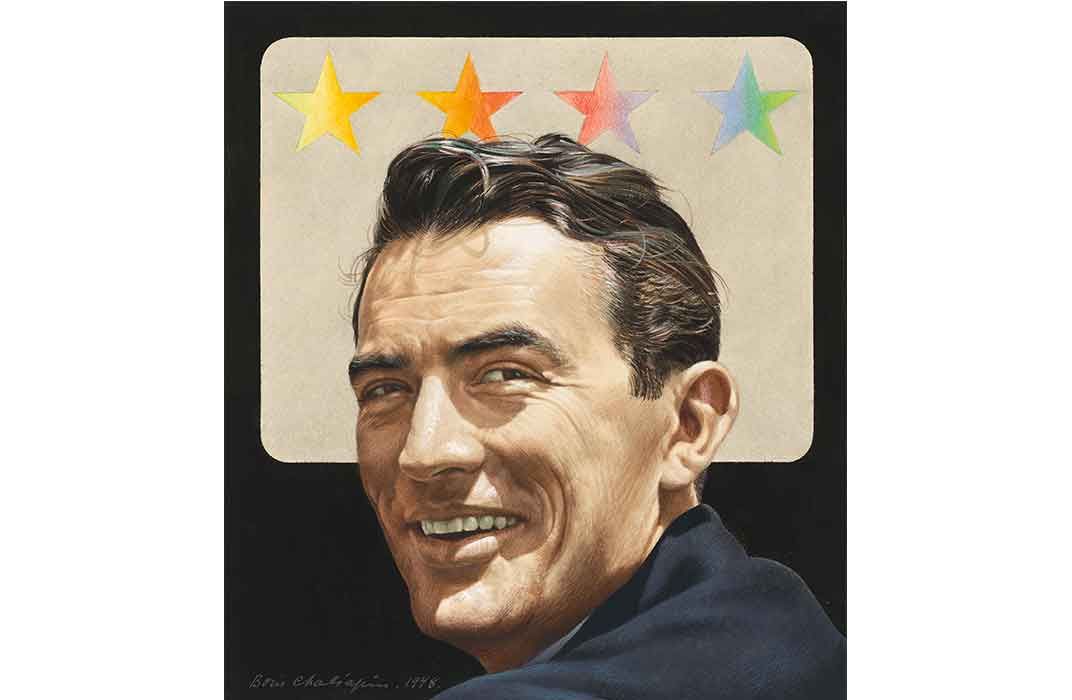
Daniel Day-Lewis a great actor, but hardly seems a star for the ages. And ditto Barbara Bel Geddes (in spite of the fact that she was wonderful in Alfred Hitchcock’s 1958 film Vertigo and is etched into the memories of ’80s TV fans who remember her as the matriarch in the melodrama Dallas).
Exhibition curator and historian James Barber explains that Time may have put someone on its cover because they were popular at the time (Bel Geddes was starring in a play on Broadway when her cover appeared), and he may have chosen to include a star in the exhibition based on a strong record of achievement (Day-Lewis has won three Academy Awards).
But other factors influenced the choices made in assembling the “Hollywood and Time” show. Barber explains: “We wanted to get close to an equal number of actors and actresses, we wanted portraits spanning the decades, and we wanted visually interesting covers. And we wanted to include people with interesting stories to tell.”
Which may explain the presence of the portrait of Anita Colby, a name lost to history. As it turns out, Colby played an interesting role in the Golden Age of Hollywood. She was an early supermodel, earning $100 per hour, an astronomical sum at the time, and her face appeared on magazine covers and huge billboards. After making a few movies, she found her true calling as “Feminine Director” for legendary producer David O. Selznick, acting as a sort of one-woman finishing school for stars such as Shirley Temple, Jennifer Jones and Ingrid Bergman.
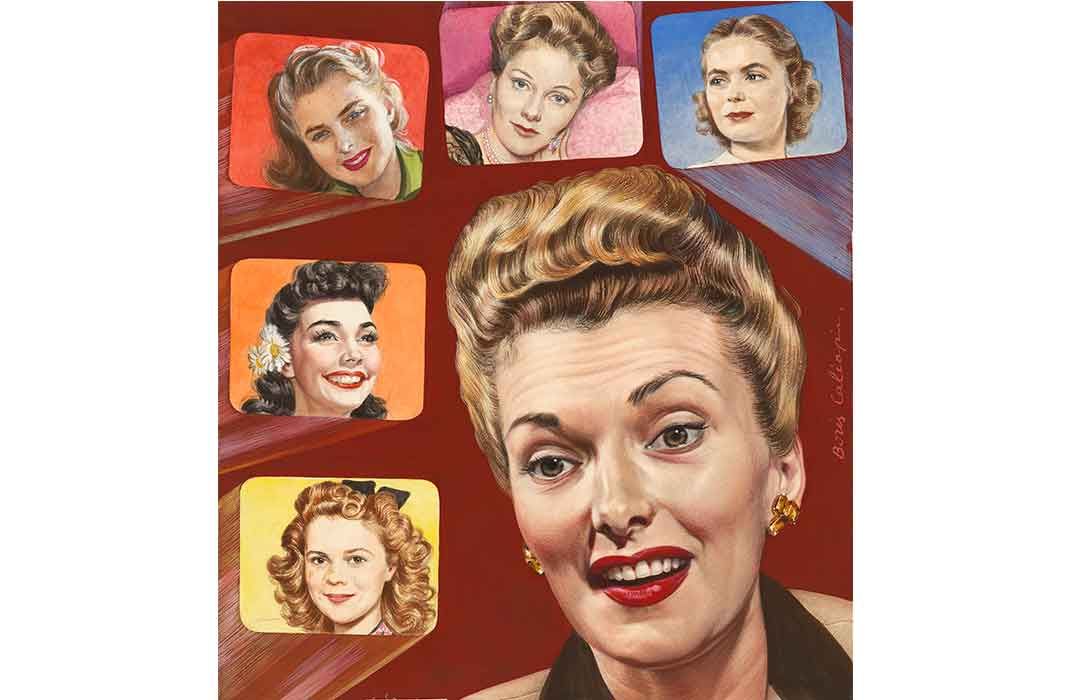
As a historian, Barber takes the long view. “We appraise the sitter’s significance: Is it someone of national significance or is it someone whose significance is more local and maybe belongs in a local historical society or over someone’s living room fireplace? We’re looking down the road: 50 years from now, is anyone going to care?”
This collection of portraits weaves a tale of Hollywood, old and new, and of the power of a single magazine to wildly boost a career. That’s certainly something to care about.
"Hollywood and Time: Celebrity Covers" is on view at the National Portrait Gallery in Washington, D.C., through September 11, 2016.
/https://tf-cmsv2-smithsonianmag-media.s3.amazonaws.com/accounts/headshot/Smiling-Anne.jpg)
/https://tf-cmsv2-smithsonianmag-media.s3.amazonaws.com/filer/76/d2/76d2b676-5411-44af-88d7-db62ffa5bff4/npg82tc95demillerweb.jpg)
/https://tf-cmsv2-smithsonianmag-media.s3.amazonaws.com/filer/fa/20/fa203e57-4fb8-4354-bdba-87bb0fa0950f/npg78tc200allenrweb.jpg)
/https://tf-cmsv2-smithsonianmag-media.s3.amazonaws.com/filer/9c/a7/9ca71e57-8121-4b7e-b04e-5bb8fb1458fb/npg84tc132newmanrweb.jpg)
/https://tf-cmsv2-smithsonianmag-media.s3.amazonaws.com/filer/87/5c/875ce3f0-6247-442e-be3a-9541d111521e/npg82tc151williamsrweb.jpg)
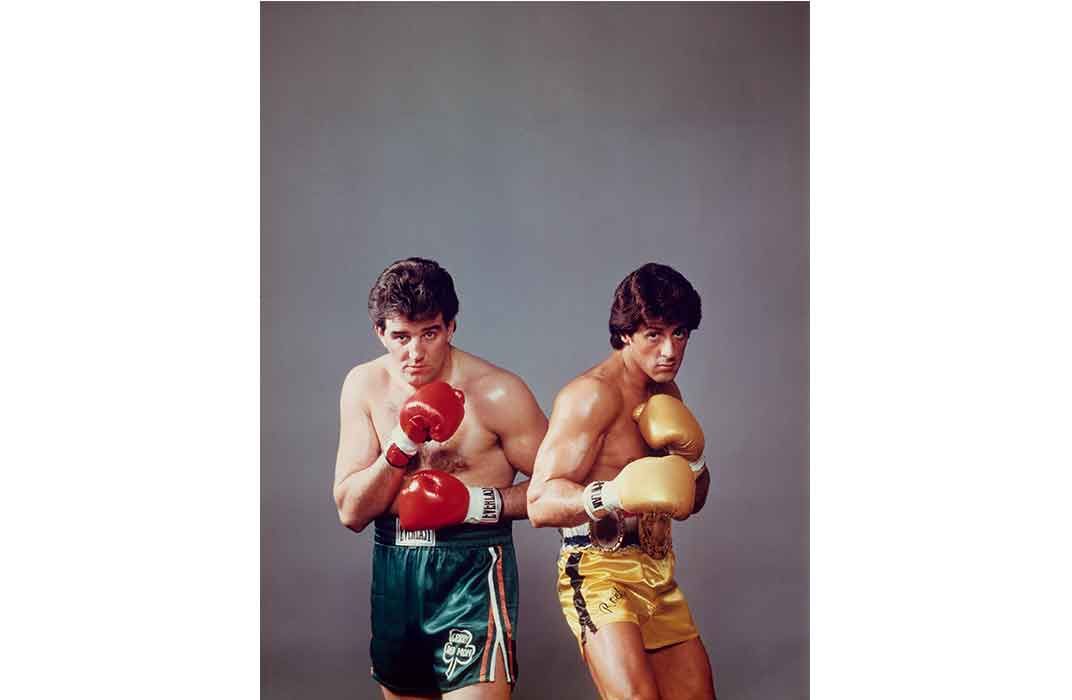
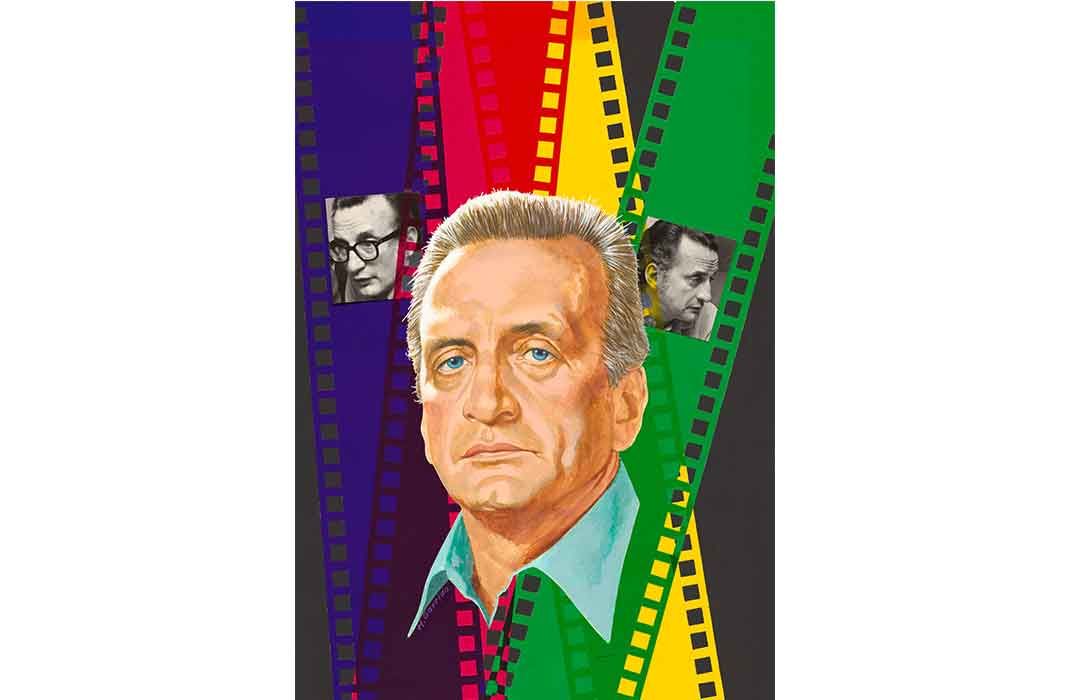
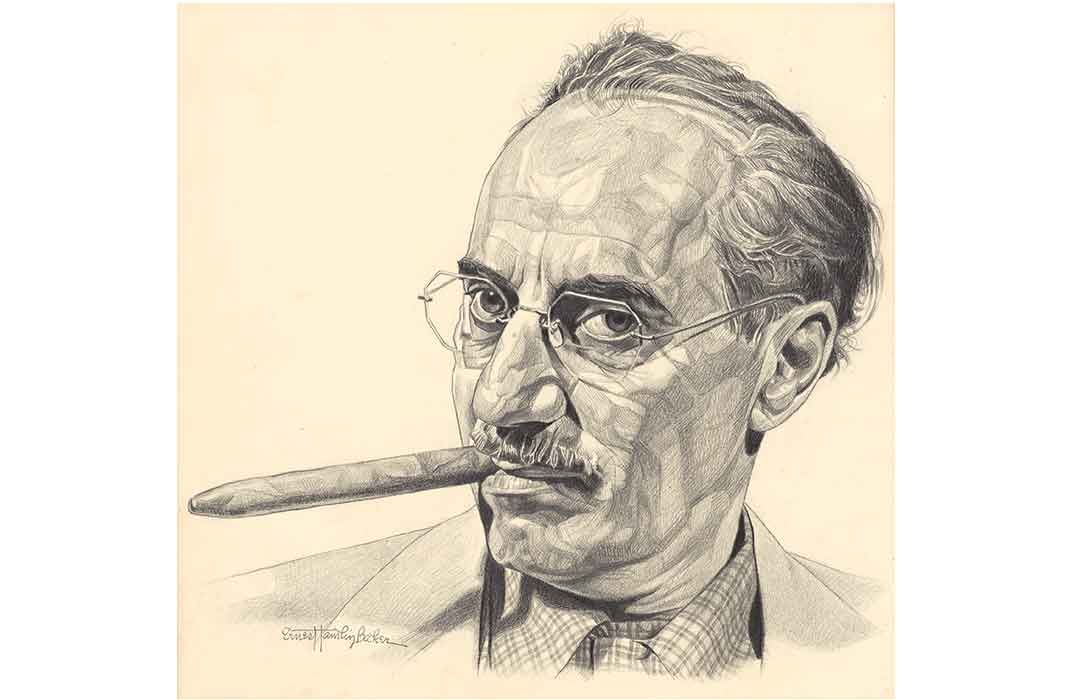
/https://tf-cmsv2-smithsonianmag-media.s3.amazonaws.com/accounts/headshot/Smiling-Anne.jpg)